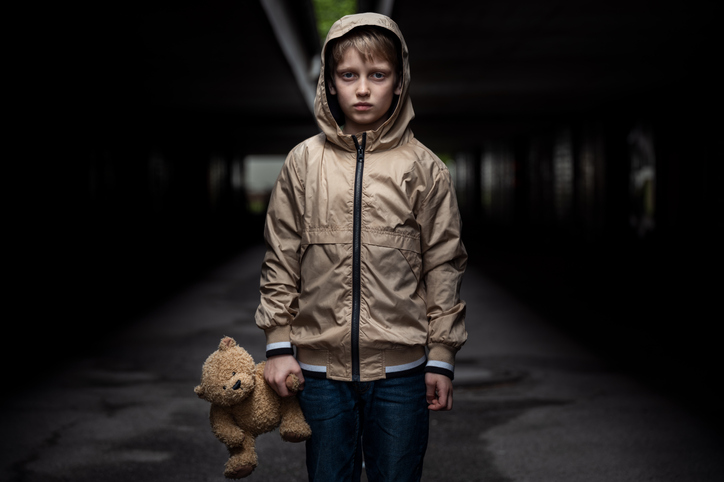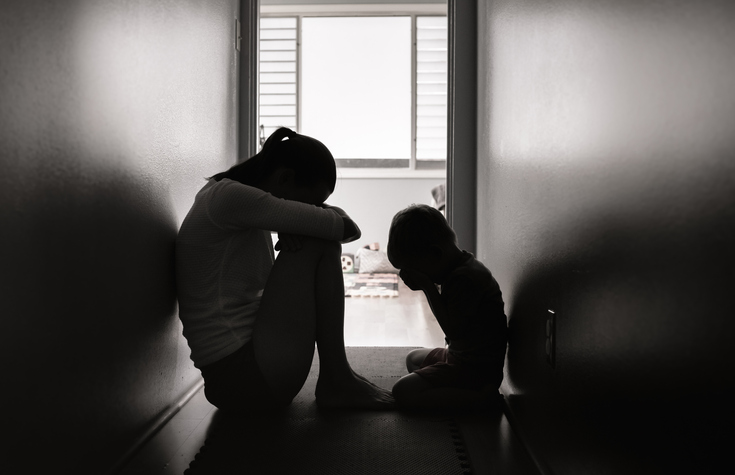Last reviewed March 2024
- Adversity, Trauma & Resilience
- Campaigns
- Child Exploitation
- JTAI
- Managing Allegations and Concerns About Those Who Work or Volunteer with Children
- Neglect
- Key Safeguarding Forms, Tools, Standards & Frameworks
- Learning from Reviews & Audits
- One Minute Guides
- Procedures
- Safeguarding Babies & Infants
- Wakefield Child Death Arrangements
One Minute Guide to Missing from Home & Care
What is Missing?
The national definition of a 'Missing Person' is
'anyone whose whereabouts cannot be established and where the circumstances are out of character or the context suggests the person may be subject of crime or risk of harm to themselves or another’.
Repeatedly going missing should not be viewed as a normal pattern of behaviour, instead consideration as to what action is needed to help to protect the child, and planning on how best to keep them safe on their return should be the focus.


What are the risk factors when a child goes missing?
When a child goes missing, this can be reflective of other safeguarding issues affecting them.
Some of the risks associated with children who are missing from home and care include:
- Being in unsafe places, with unsafe or risky adults;
- Being more likely to be involved in substance misuse;
- Being more likely to be involved in anti-social or criminal offending behaviour;
- More likely to be involved in child trafficking or child exploitation;
- Less likely to be socially and educationally engaged;
This means that children who go missing, particularly where this is a sustained feature of their behaviour and/or is connected with other types of vulnerability, are more likely to be suffering or at risk of suffering significant harm.
 What makes a child more vulnerable?
What makes a child more vulnerable?
-
In addition to physical vulnerabilities and a child being vulnerable to others, any of the following may also exacerbate the risks:
· The child being a victim of a crime
· The child being involved in any recent arguments or disagreements
· The child having been the victim of a recent violent, domestic, homophobic or racist incident
· Incidences of Self harm and/or concerns regarding mental health and wellbeing
· Substance Misuse
· Experiencing bullying
· Being sexually and/or criminally exploited
· Modern Day Slavery / Trafficking, Honour Based Violence, Forced Marriage, Female Genital Mutilation or Stalking
· The child associating with people posing a risk an/or locations of concern
What to do if a child goes missing?
After all reasonable attempts to find the child, you must report them missing to West Yorkshire Police who will assess a child's level of risk by taking a detailed account of their personal circumstances, but it is important to understand that,
"The fact that a vulnerable child has a history of going missing (including any occurrences of absence) does not mitigate risk, and each report of missing will be considered in its own right".
It is important to remember:
- A missing episode should not be seen as an isolated incident and may be symptomatic of other issues in the child’s life.
- It is important that missing episodes are considered as events that may increase risk and vulnerability for children.

-
Show details
 Suffering
Suffering Consider whether or not the child has suffered or is at risk of suffering significant harm, and in the event that this is the case, convene a strategy meeting and carry out a Section 47 investigation.
-
Show details
 Significance
Significance Consider whether or not the missing episode (s) are significant and require the updating of assessments, care plans and any additional or alternative activity to help and support the child.

Teams involved in children who are missing from home or care
The Children Vulnerable to Exploitation (CVE) and Missing Service (Children and Young People’s Service) and West Yorkshire Police work together to provide a coordinated response when a child is reported missing from home or care. The service is co-located within the Integrated Front Door (IFD) with services working in partnership to prevent, identify, disrupt and stop child exploitation.
The aim in supporting children in these circumstances will always be to reduce missing episodes and to reduce the risk that children are exposed to.
When a child is found
Return to Home Interviews (RHI)
Return to Home Interviews (RHI) should aim to be a positive experience for the child and aim to build a connection of trust.
In Wakefield, the RHI will be carried out by the CVE and Missing Team who will do so within 72 hours of the child being returned to a place of safety and after the police have seen the child within the first four hours of their return to conduct a ‘prevention’ check.
-
Show details
 Background Are there any underlying issues that have led to the child going missing?
Background Are there any underlying issues that have led to the child going missing?This could include difficulties with relationships within the home and placement, abuse or neglect, issues of bullying or their mental health and wellbeing.
-
Show details
 Concerns If there are any safeguarding or child protection concerns due to the child going missing,
Concerns If there are any safeguarding or child protection concerns due to the child going missing,For example, risk of abuse or child exploitation
-
Show details
 RHI location The location in which the RHI takes place should help the child to talk as freely as possible about the issues involved and how they are feeling
RHI location The location in which the RHI takes place should help the child to talk as freely as possible about the issues involved and how they are feeling
Interventions
It is important that when children go missing, the subsequent intervention with them addresses the issues, working to mitigate the risk that repeated missing episodes will occur. It is therefore important that those involved with the young person (CVE and Missing Workers, those undertaking RHI’s and the case holding Social Worker) work closely together to identify the cause of the child’s missing episodes, the support needed that is most likely to make a difference and the role of each service in providing that help.
For thorough practice guidance refer to the MFHC guidance documentation
Protecting Looked After Children
Every looked after child should have a plan in place for what to do should they go missing, with associated risks and vulnerabilities and an action plan of how to keep a child safe before, during and after any missing episodes.
It is the responsibility of the 'carer' and the child's social worker to ensure their safety through thorough assessment and planning.
The Independent Reviewing Officer (IRO) must be informed of all instances of a child looked after being missing or away from placement without authorisation, by the allocated Social Worker.

What to do if you are worried about a child
Practitioners must follow the usual process for any new referral to Social Care Direct by ringing the Integrated Front Door (IFD) and discussing their concerns on:
0345 8503503
Further information
- Wakefield Missing From Home & Care Practice Guidance
- West Yorkshire Missing From Home & Care Joint Protocol
- Speak Up Stand Up Stop Exploitation pages on the WSCP Knowledge Hub
- Working Together to Safeguard Children
- The MACE Strategy
- Access the Partnership Intelligence Portal (PIP)
- Read a more in depth account of the CVE and Missing Service on the WSCP Knowledge Hub Speak Up Stand Up Stop Exploitation pages
- CVE Screening Tool (coming soon)


